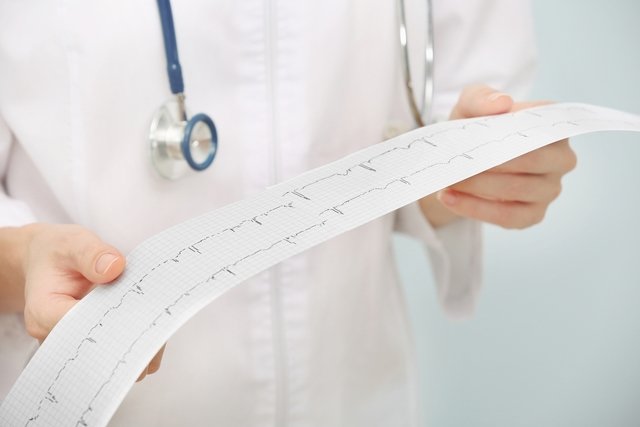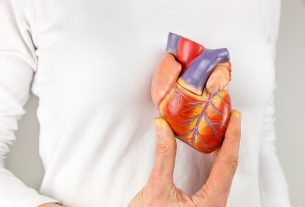Sinus arrhythmia is a type of variation in heart rate that is almost always related to breathing, and when you breathe in, there is an increase in the number of heartbeats and, when you breathe out, the rate tends to decrease.
This type of change is very common in babies, children and adolescents, and does not indicate any problem, and is even a sign of good heart health. However, when it appears in adults, especially the elderly, it may be related to a disease, especially intracranial hypertension or atherosclerotic heart disease.
Therefore, whenever any type of change in the heartbeat is identified, especially in adults, it is very important to consult a cardiologist to carry out the necessary tests, which generally include an electrocardiogram and blood tests, in order to confirm the diagnosis and begin treatment. appropriate if necessary.

Main symptoms
Normally, people with sinus arrhythmia do not present any type of symptoms, and the diagnosis is generally suspected when an assessment of the heart rate is carried out and a change in the beat pattern is identified.
However, in most cases, the rate changes are so slight that the arrhythmia can only be identified when a routine electrocardiogram is performed.
When a person feels palpitations, it does not mean that they have any type of heart problem, and it may even be a normal and temporary situation. Even so, if palpitations occur very frequently, it is advisable to consult a cardiologist to rule out the presence of any disease that requires treatment.
Understand better what palpitations are and why they can happen.
How to confirm the diagnosis
The diagnosis of sinus arrhythmia is normally made by a cardiologist, through an electrocardiogram, which allows the electrical conduction of the heart to be assessed, identifying all irregularities in the heartbeat.
In the case of babies and children, the pediatrician may even order an electrocardiogram to confirm that the child has sinus arrhythmia, as this is a sign that indicates good cardiovascular health and is present in most healthy young people, disappearing in adulthood. .
How the treatment is carried out
In most cases, sinus arrhythmia does not require any type of treatment. However, if the doctor suspects that it may be caused by another heart problem, especially in the case of the elderly, he or she may order further tests to identify the specific cause and then begin treatment aimed at the cause.
Check out 12 signs that could indicate a heart problem.
Bibliography
- MEDICAL NEWS TODAY. What is a sinus arrhythmia?. Available at: <https://www.medicalnewstoday.com/articles/319987.php>. Accessed on October 8, 2019
- SOOS, Michael P.; MCCOMB, David. Sinus Arrhythmia. StatPearls Publishing, 2019.
- HEALTHLINE. Sinus Arrhythmia. Available at: <https://www.healthline.com/health/sinus-arrhythmia>. Accessed on October 8, 2019
- PORTO, Celmo Celeno. Heart Diseases: Prevention and Treatment. 2nd ed. Rio de Janeiro: Guanabara Koogan, 2005. 323-324.

Sign up for our newsletter and stay up to date with exclusive news
that can transform your routine!
Warning: Undefined array key "title" in /home/storelat/public_html/wp-content/plugins/link-whisper-premium/templates/frontend/related-posts.php on line 12
Warning: Undefined array key "title_tag" in /home/storelat/public_html/wp-content/plugins/link-whisper-premium/templates/frontend/related-posts.php on line 13



